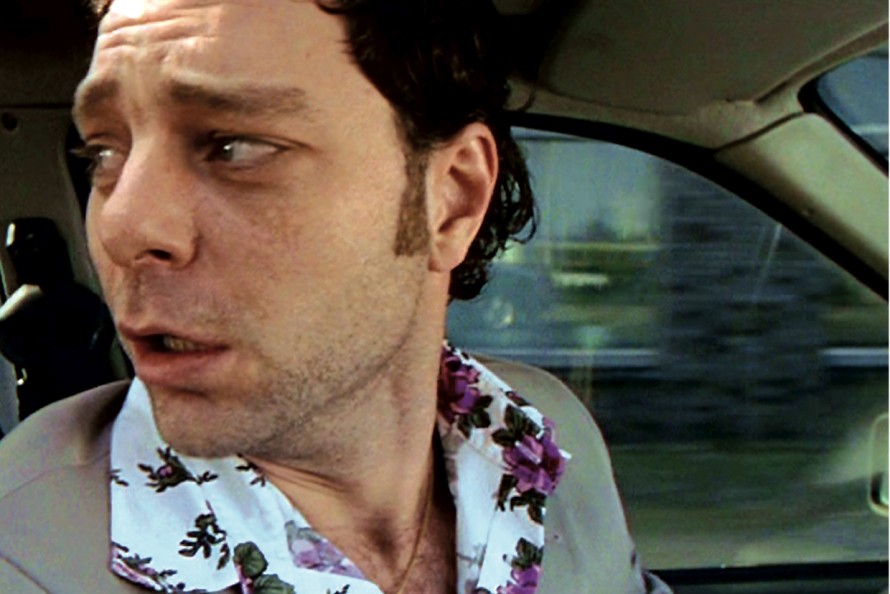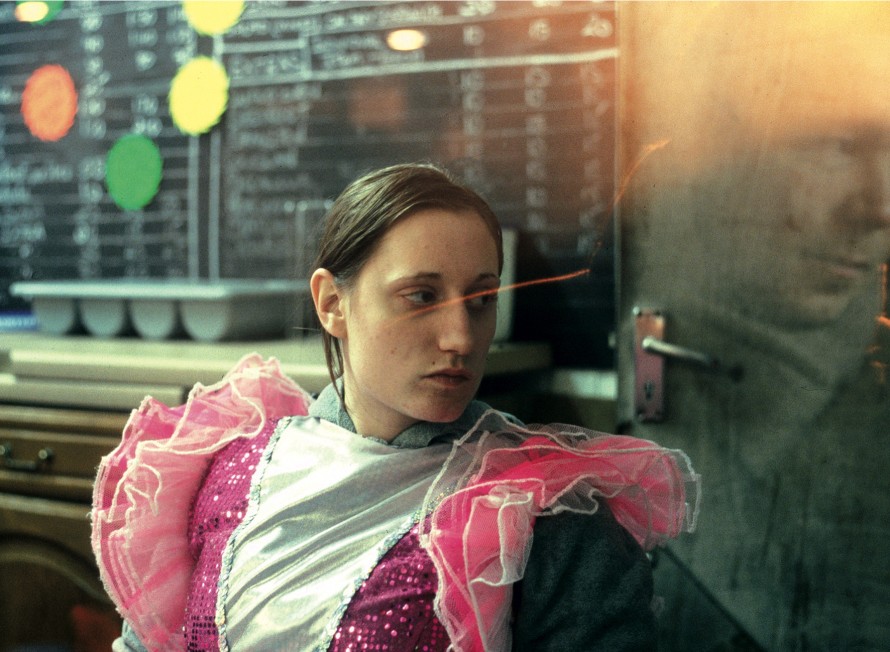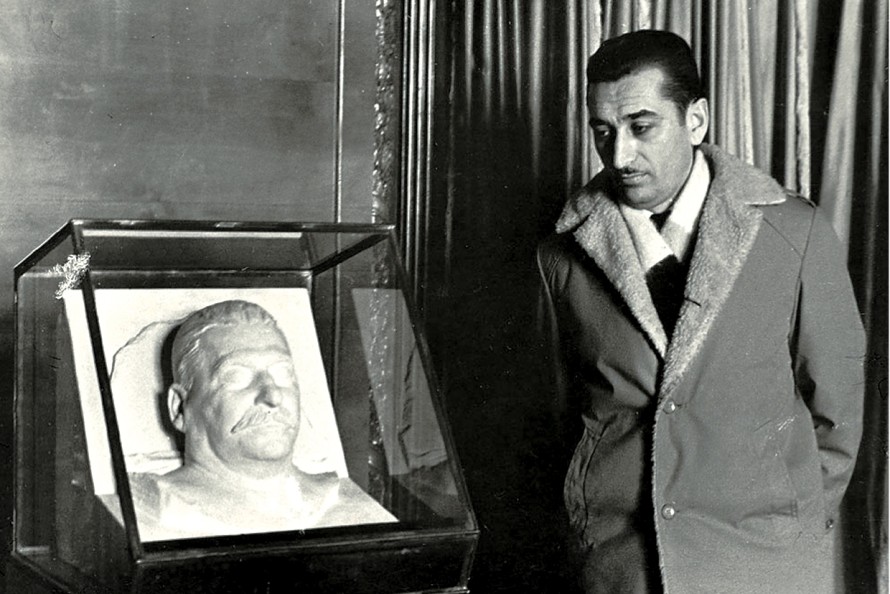2007 | Berlinale Shorts
Rollercoaster Rides and Eye-Openers
Short film programmes that fill an evening have long been more than just the secret audience hits of film festivals. They now enjoy success and popularity in regular cinemas. The pleasure of shorts lies in the diversity of styles and stories: ten films in 90 minutes can be a rollercoaster of emotions for the viewer or a real eye-opening experience. In general, short films are considered more experimental and more daring. The short format invites directors to play with narrative forms and visual creation. It combines the necessity of precision with the freedom of the sketch.
Short film programmes that fill an evening have long been more than just the secret audience hits of film festivals. They now enjoy success and popularity in regular cinemas. The pleasure of shorts lies in the diversity of styles and stories: ten films in 90 minutes can be a rollercoaster of emotions for the viewer or a real eye-opening experience. In general, short films are considered more experimental and more daring. The short format invites directors to play with narrative forms and visual creation. It combines the necessity of precision with the freedom of the sketch.

Raak by Hanro Smitsman
For Annette Kilzer, who curates and coordinates the Short Film Competition for the Berlinale, it’s exactly this which makes short films so exciting: “Something which would be considered unsatisfying in a feature film can often be exactly what gives a short film its allure. With this form, you can allow yourself the freedom to leave things open-ended and not resolve everything so conclusively.” As in Gecko by Theresa von Eltz, which was made at the London NFTS. Free from dialogue, the film tells the tale of a boy and his mother who live in a run-down trailer at the edge of the city and about a ambiguous man, who might be a father, a lover or a sex client.
"A good short film programme should communicate a certain lightness."
Gecko is one of the 16 films in the reshaped Short Film Competition. In order to get an even closer look at the diversity and uniqueness of the short format, also within the Berlinale programme, the former short film programmes of the Competition and Panorama have been merged into a single new Short Film Competition. “We want the films to be regarded as ideas, ideas which are realised in original narrative and cinematic terms,” says Annette Kilzer. “Already the way a film is made articulates a position – no weighty ‘message’ is necessary. The short format is very sensitive to nuances and a good short film programme should communicate a playful feeling, a certain lightness. Not in the sense of ‘light food’ – it should be told with a passion for experimentation and openness.”

Scummy Man by Paul Fraser
Passion for experimentation is also being fueled by the “digital revolution” in the film industry. “Today you can make films more cheaply and with more financial independence than ever before,” says Annette Kilzer. “This relief invites more risk-taking and playfulness.” It is not surprising that this has led to a noticeable increase in the number of films being submitted. “A lot of the films that were submitted have benefited from this development and it’s often fun to see how the stories have become more personal, because people get more and more daring.” “Daring” and “Playfulness” are however no guarantee that the films will be suitable for the big screen. The short film is and remains a very sensitive art form – digital revolution aside.

The Stalin That Was Played By Me by Daya Cahen
Digital revolution and a new taste for "real" film
But Annette Kilzer also sees a reaction against the ‘democratisation’ of filmmaking: ‘Film students, in particular, are once again shooting on ‘real film material,’” she says. Films were submitted to the Short Film Competition on 16mm or 35mm or even Super 8. It appears that the differentiation of possibilities leads to a more conscious choice for the appropriate production process. The German submission, Bus, and the British low-life comedy Scummy Man were, for example, shot on Super 16, the Dutch film Raak on 35mm. “From Mini-DV, with which Daya Cahen filmed her essay about Stalin’s grandson (The Stalin That Was Played By Me) to high-class HD productions (Rotten Apple), virtually every format is represented,” continues Kilzer.
This love of risk-taking has little to do with recklessness. Although short films are normally produced at a lower cost, for the filmmakers there’s a lot at stake. Annette Kilzer: “Short films are often young directors’ very first movies. Their short film is a business card which they hope will open the door to making a first longer film.” The Short Film Competition of this year’s Berlinale takes the genre seriously as an art form and reflects its stylistic and narrative diversity. Classic short films – comedies, satires, dramas and laconic tales – are also included, as are animations and short documentaries. Often the categories overlap.
Annette Kizler: “Court Record – In Memoriam Péter Manfeld is a documentary animation about a student who was executed in 1957 following the Hungarian uprising. Where these films take liberties when it comes to visual narrative form, other films blur the boudaries between the feature and documentary genre. An exciting example is Rendez-Vous, a ‘docufiction’ from Poland about a man and a woman with Down Syndrome, who go on a date together.”
From around 1,300 submissions that were viewed, 16 were selected, invited by Dieter Kosslick and Wieland Speck and put together in two programmes of roughly 90 minutes.